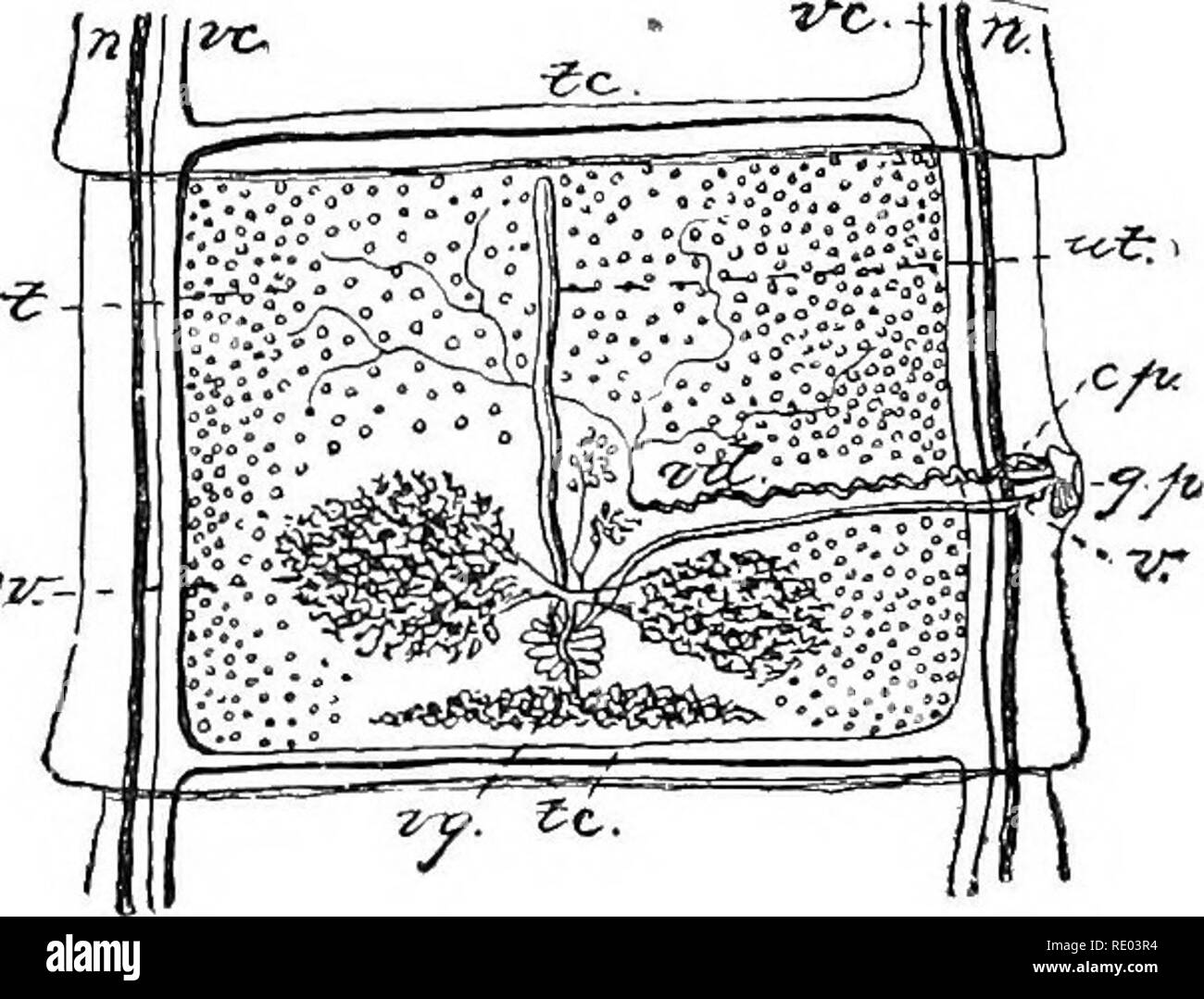


The present study aimed to determine the occurrence and molecular identity of C. cerebralis particularly infects sheep and goats, and pose a public health concerns. The incidence of coenurosis was 14.4% in males and 15.9% in females.Ĭoenurosis is a parasitic disease caused by the larval stage (Coenurus cerebralis) of the canids cestode Taenia multiceps. The number of coenurus cysts in morkaraman sheep was higher (15.9%) than that of akkaraman sheep (14.1%). The infection rates according to the age of animals were 15.0% in one-year-old, 21.7% in two-year-old, and 11.4% in 3-year-old or older animals. The disease, according to the season, was more prevalent in October (28.5%) and less prevalent in April (3.1%). The infected heads contained 1-4 coenurus cysts. The cysts were located in the cerebral hemispheres in 96.7% of the cases and in 3.3% in the cerebellum. Clinical symptoms of coenurosis were seen in only 17 of the animals (4.3%).

The infection rate of coenurosis was recorded at 15.5% (60/387) in the examined heads. During the study, the breed, age, sex of animals, the location of cysts, numbers, diameters of the cysts, the amount of the fluid, and number of the scolices were recorded. Java is a registered trademark of Oracle and/or its affiliates.The prevalence of Coenurus cerebralis was investigated for 12 months in 387 slaughtered sheep in the Kars province. For details, see the Google Developers Site Policies.
GID IN SHEEP HOW TO
To learn how to configure and run a simple Sheets API app, read theĮxcept as otherwise noted, the content of this page is licensed under the Creative Commons Attribution 4.0 License, and code samples are licensed under the Apache 2.0 License. To learn about developing with Google Workspace APIs, including handlingĪuthentication and authorization, refer to ProtectedRange resource represents a protected range. Protected rangeĪ defined cell or range of cells that cannot be modified.
GID IN SHEEP PLUS
A1 notationĪ syntax used to define a cell or range of cells with a string thatĬontains the sheet name plus the starting and ending cell coordinates usingĬolumn letters and row numbers. Instead, rowĪnd column coordinates identify the cells. AĬellData resource represents each cell, but Rows and columns, and can be grouped as a range of cells. Sheet resource represents each sheet and hasĬan find the sheet ID in a Google Sheets URL:Īn individual field of text or data within a sheet. Spreadsheet resource represents every spreadsheet and has aĬontaining letters, numbers, hyphens, or underscores. With structured information contained in cells. The primary object in Google Sheets that can contain multiple sheets, each The most common uses of this API include the followingīelow is a list of common terms used in the Sheets API: Spreadsheet The Google Sheets API is a RESTful interface that lets you read and modify a


 0 kommentar(er)
0 kommentar(er)
